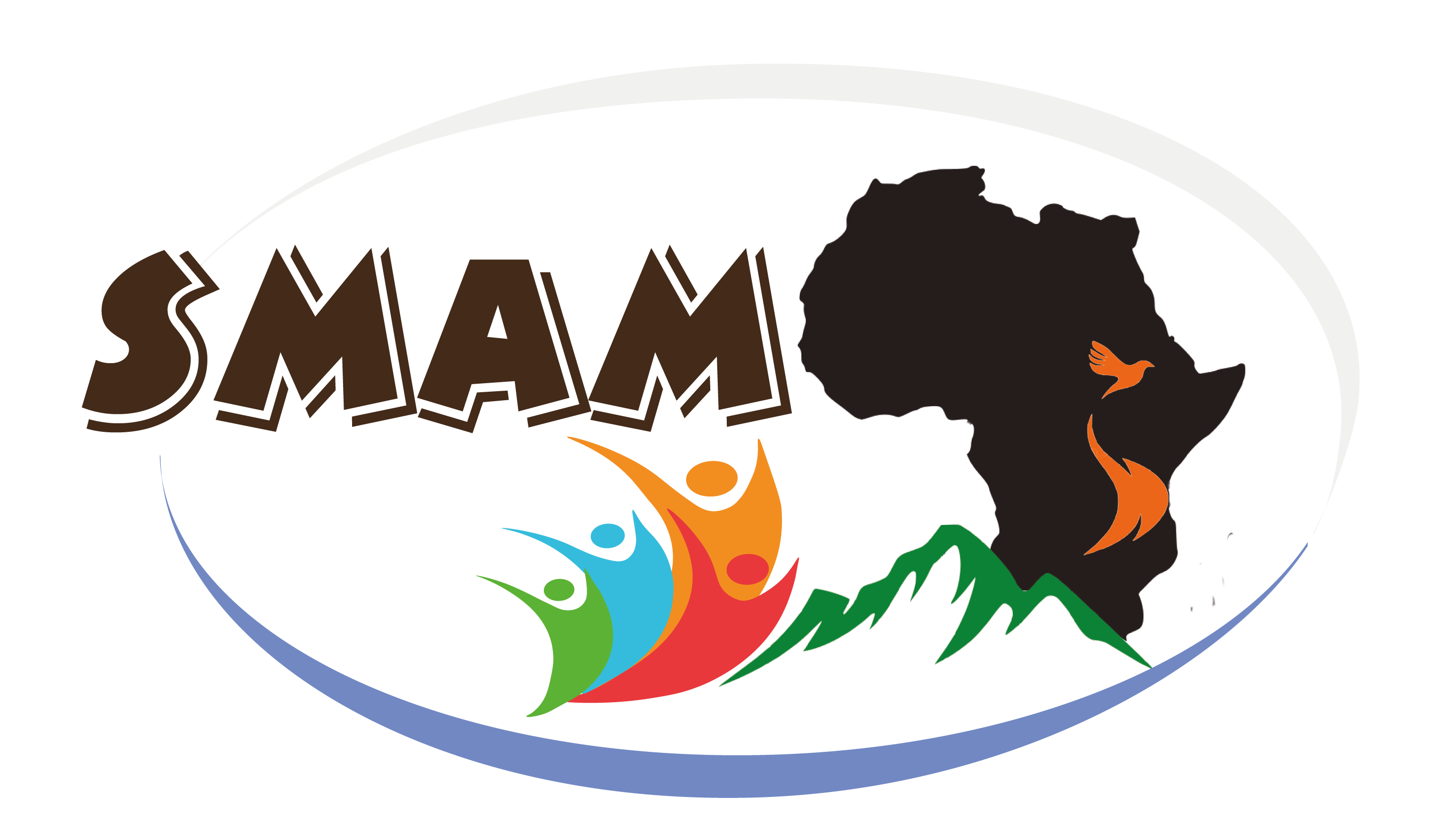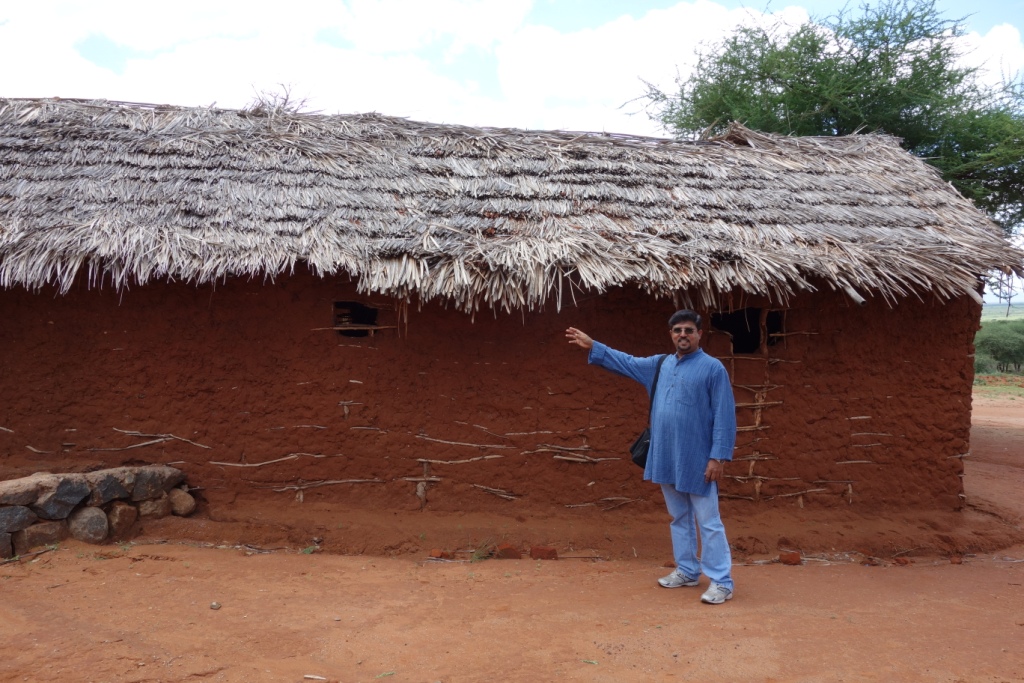
Establishment of Kifaru Parish
Kifaru Parish was officially established by a decree from the Bishop of the Diocese of Same on July 21, 2013. The parish was formed by carving out areas from Mwanga Parish and Ngulu Parish, incorporating three substations from Mwanga Parish—Kifaru, Kalimani, and Kileo—and two substations from Ngulu Parish—Kivisini and Jipe.
The foundation for this mission began earlier when, on November 14, 2012, Fr. Alwyn D’Souza and Fr. Ronald Pinto arrived to lay the groundwork. Later, on July 19, 2013, Fr. Victor Machado and Fr. Hilary Lobo joined the missionary team, further strengthening the pastoral work.
On July 21, 2013, the Kifaru Church was blessed, inaugurated, and officially declared a parish, marking a significant milestone in the spiritual journey of the community. To lead this new mission, Fr. Hilary Lobo was appointed as the first parish priest, ensuring the steady growth of faith and development in the region.
Our Journey: The Growth of Kifaru Mission
From Humble Beginnings to a Thriving Community of Faith and Service
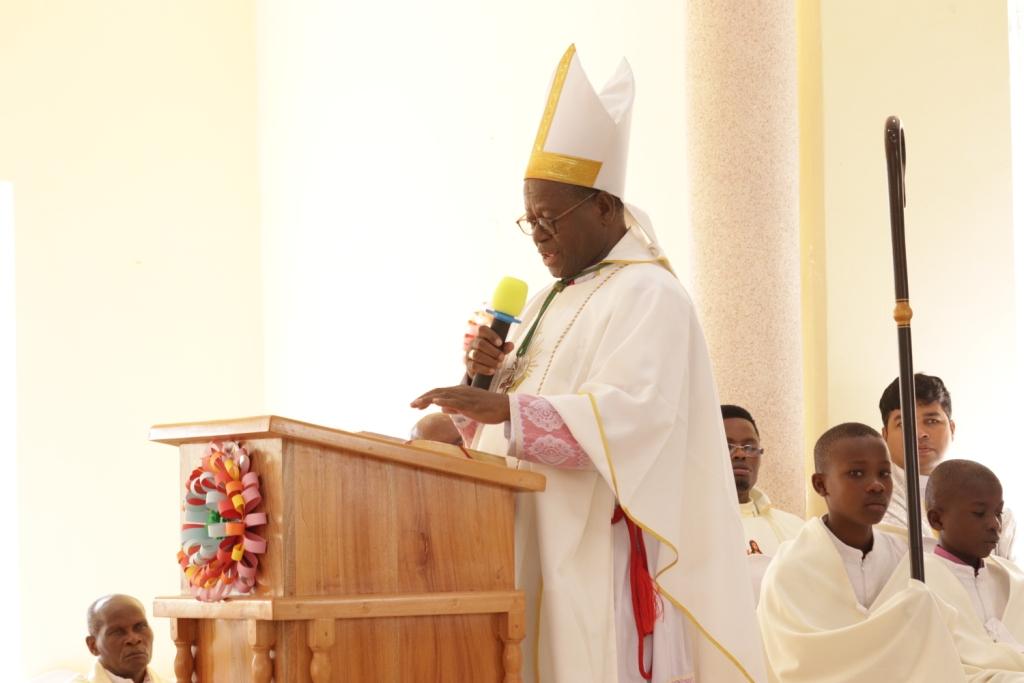
2014: Establishment of St. Joseph’s Science Secondary School
Kifaru Mission founded St. Joseph’s Science Secondary School to provide quality education. Today, the school is fully established with over 350 students excelling in academics and extracurricular activities.
2017: Launch of St. Joseph Organic Farm & Training Center
The mission expanded its impact by starting St. Joseph Organic Farm & Training Center at Konyange. Spanning 50 acres, the farm produces a variety of organic products and serves as a learning hub for sustainable agriculture.
2019: Opening of RUPERT Children’s Home
To support underprivileged children from remote areas, RUPERT Children’s Home was founded. It offers a nurturing environment where students in Classes V, VI, and VII receive education, coaching, and essential facilities while attending local government schools.
2023: Birth of Chemchemi Integral Development Centre (CIDC)
A separate sector, Chemchemi Integral Development Centre (CIDC), was established to drive socio-economic and integral development activities within the mission, furthering community transformation.
2025: Transformation of RUPERT Children’s Home into St. Kizito Rupert Primary School
RUPERT Children’s Home evolved into St. Kizito Rupert Primary School, ensuring quality education for 177 students in Classes IV, V, VI, and VII.
Kifaru Parish Today
- Spiritual Leadership: The parish has six dedicated priests, each responsible for different areas of ministry.
Substations: Kifaru Parish oversees four sub-stations, with each priest managing one. Additionally, we provide spiritual care for Butu substation under Ngulu Parish.
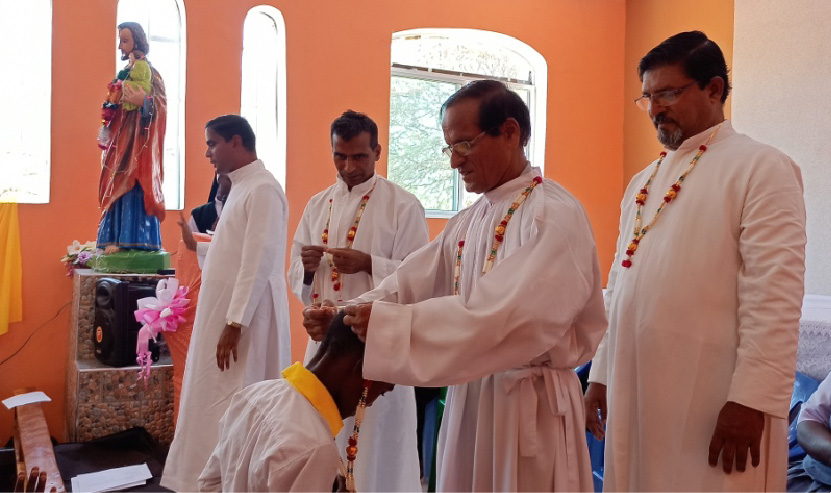
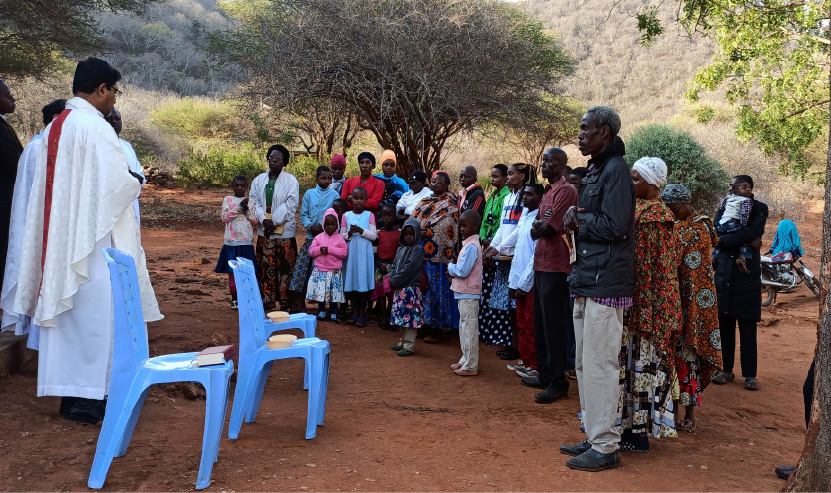
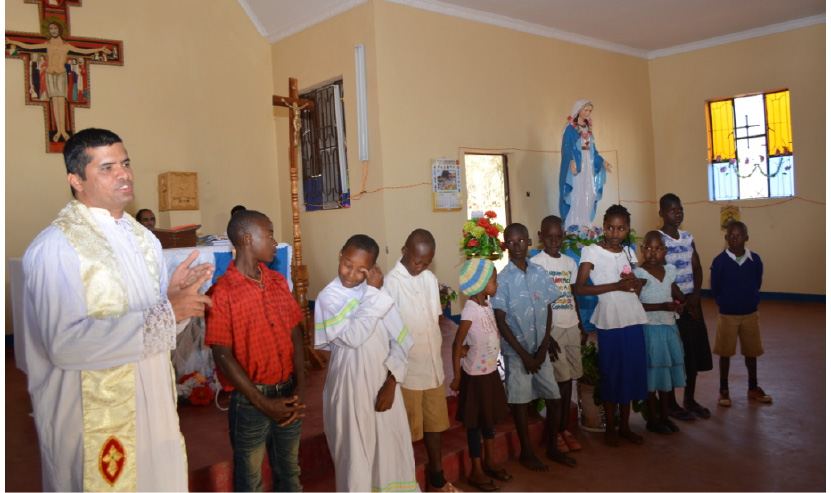

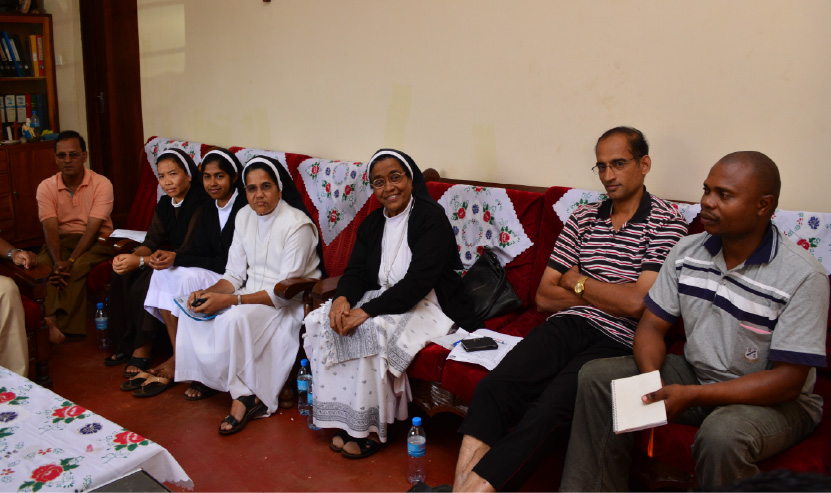
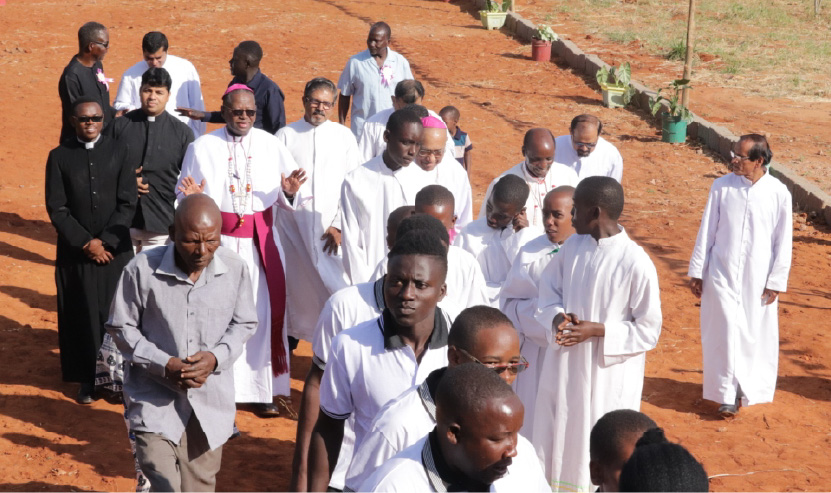
THE HISTORY OF KALIMANI
Many years ago, Kifaru was a dense jungle filled with large thorny trees, thorny bushes, and baobab trees. The area was dominated by wild animals, including buffalos, elephants, hyenas, tigers, hippos, and crocodiles in the Kifaru River. However, the most populous species were rhinos, which is how the area got its name—"Kifaru" is the Swahili word for rhino.
Before the Second World War, a German named Mr. Panzia was the first person to arrive in Kifaru. He began clearing the land and established a sisal plantation in what is now known as Kalimani. He built his residence on top of Kalimani Hill, but in 1944, the British army bombed the building. The bomb was launched from another hill called Mokine, situated several kilometers from Kileo village.
POST-WAR PERIOD AND SISAL PLANTATIONS
After World War II, the British took over all sisal plantations previously owned by the Germans. In 1945, Mr. Monas acquired the Kifaru plantation and expanded it by increasing the acreage of sisal cultivation. Sisal plantations required a large workforce, leading to the recruitment of many laborers. During that time, laborers were mainly recruited from specific tribes, including the Waha people from the Kigoma region, their neighbors from Rwanda and Burundi, and the Wamakonde from southern Tanzania and Mozambique.
RELIGIOUS DEVELOPMENT
Some of the laborers were Catholics. They formed small groups and began worshiping in one of the houses provided by the estate. This marked the beginning of the Catholic Church in Kifaru. Over time, more people from Ugweno, Usangi, and Kilomeni arrived, forming Kifaru village, which included Kituri and Kifaru as one community. As a result, the number of worshippers grew to 150.
By the 1950s, priests were occasionally available at the Kifaru estate, and Catholic Mass was celebrated. Priests from Kilomeni and Fumbang’ombe visited the camp periodically. However, the number of Catholics fluctuated as workers moved to other plantations or left their jobs.
NATIONALIZATION OF SISAL ESTATES (1963)
In 1963, the government nationalized all sisal plantations, forcing British, Asian, and other private owners to leave. This led to a decrease in the number of Catholics, as many left for their home countries and villages. However, as new management was established, the number of Catholics increased again, ranging from 50 to 90.
THE COLLAPSE OF THE SISAL INDUSTRY
Due to poor management, the quality of sisal fiber declined, and it lost its market value abroad. As a result, most sisal plantations collapsed and eventually shut down. Many workers left, and the number of Catholics in the area reduced to about 70.
In 1980, the military occupied the former sisal camp, taking over all buildings and properties of the Kifaru Sisal Estate. Civilians who were still residing in the camp were relocated to Kalimani. That same year, Mr. Yohana Mzigaba was elected as the chairman of Kalimani, officially separating the villages of Kalimani and Kifaru.
Kifaru remained an independent village alongside Kituri. During this time, Mr. Kivara L. D served as the village executive officer for both Kifaru and Kituri, handling all government-related matters.
In 1987, the military vacated the area, and the land fell under Kituri village's jurisdiction. The buildings were repurposed by the Ministry of Education, leading to the establishment of Kifaru Secondary School. This school brought in about 75 Catholic students, increasing the number of worshippers to 150. A thatched mud building was constructed in Kalimani to serve as a place of worship.
In 1981, army officials were requested to allocate land for the construction of a church. They offered the foundation where Kalimani Church was later built. In 1984, Bishop Josephat Lebulu, then the Bishop of Same, laid the foundation stone for the church. Until this time, the Catholics in Kifaru were part of Kalimani station.
ROAD CONSTRUCTION AND CHURCH GROWTH
During the construction of a tarmac road in the area, the number of Catholics in Kifaru increased to 40. This created a need for a separate and independent congregation in Kifaru. A primary school provided a classroom where priests from Mwanga Parish conducted Sunday Mass. However, after the completion of road construction, the number of Catholics declined again, and they rejoined the congregation in Kalimani.
In 1994, Mr. Kivara became the catechist responsible for Catholics in Kalimani, Kifaru, Kileo, and Kyomu. Later, Kyomu was transferred to the Diocese of Moshi, along with a large church building constructed by Father Janus of Mwanga Parish in 1998.
